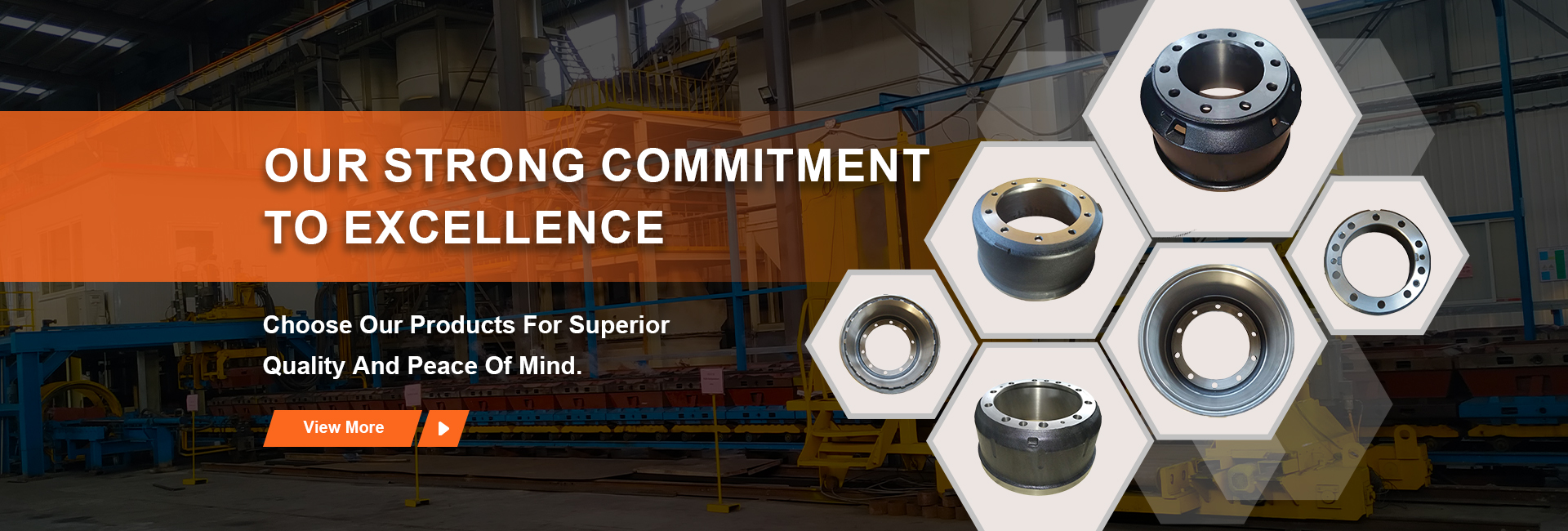Understanding the Key Differences Between Drum Brakes and Disc Brakes Explained
Understanding the Difference Between Drum and Disc Brakes
Brakes are an essential component of any vehicle, serving as the primary means to slow down or stop movement. Among various braking systems, drum brakes and disc brakes are the two most commonly used types. Each has its unique characteristics, applications, advantages, and disadvantages. In this article, we will explore the differences between drum and disc brakes to help you understand which system might be more suitable for different driving conditions.
Basic Components and Operating Mechanism
Drum brakes consist of a cylindrical drum that rotates with the wheel and brake shoes that push against the drum's inner surface to create friction. When the driver applies the brake pedal, hydraulic fluid is transmitted to the brake shoes, causing them to expand against the inner surface of the drum. The friction between the shoes and the drum slows down the wheel's rotation.
In contrast, disc brakes utilize a circular disc (or rotor) that is attached to the wheel. When the brake pedal is engaged, hydraulic pressure pushes brake pads against both sides of the rotating disc. This contact generates friction, which slows the vehicle down. Because of their different designs, drum and disc brakes exhibit distinct performance characteristics.
Performance in Different Conditions
One of the key differences between drum and disc brakes lies in their performance under various conditions. Disc brakes are generally more effective than drum brakes, especially in high-performance or heavy-duty situations. This superiority is largely due to their design, which allows for better heat dissipation. Since disc brakes are exposed to the air, they can cool down quickly, reducing the risk of brake fade—a situation where the brakes become less effective due to overheating.
Drum brakes, on the other hand, are more susceptible to heat buildup. The enclosed design can trap heat, leading to diminished performance after prolonged use. This makes drum brakes less effective in demanding situations, such as frequent stop-and-go driving, steep descents, or aggressive driving styles.
what is the difference between drum and disc brakes

Weight and Cost Considerations
Drum brakes are typically heavier than disc brakes, which can be a disadvantage for performance-oriented vehicles. The increased weight can impact the overall efficiency and handling of the vehicle. However, drum brakes are often more cost-effective to manufacture and install, making them a popular choice for budget-conscious consumers and for use on rear wheels of economy vehicles.
Disc brakes, while generally more expensive, offer advantages in terms of performance and safety. They require less maintenance compared to drum brakes, as disc brakes do not present issues like shoe wear or the need for frequent adjustments. Additionally, disc brakes are less likely to become contaminated by moisture or debris, which can reduce their effectiveness.
Applications in Modern Vehicles
In modern vehicles, you will often find a combination of both drum and disc brakes. It is common for front wheels to be equipped with disc brakes due to their superior stopping power and performance characteristics. Many vehicles still use drum brakes on the rear wheels, especially in lower-cost models, where the added cost does not outweigh the performance benefits.
High-performance vehicles and those designed for heavy-duty use often come with all disc brake systems for optimal performance. This is particularly true for sports cars, motorcycles, and larger trucks, where braking performance is critical to safety and handling.
Conclusion
Understanding the differences between drum and disc brakes is crucial for vehicle owners and drivers alike. While drum brakes offer cost advantages and are still widely used, disc brakes generally provide better performance, especially in high-demand situations. Knowing these distinctions can help you make informed decisions regarding vehicle maintenance, upgrades, or purchases. Whether for everyday driving or high-performance applications, recognizing which braking system fits your needs can enhance both safety and driving enjoyment. In the end, each system has its place in the automotive world, and choosing the right ones depends largely on your needs and driving conditions.
-
The Power and Reliability of Brake DrumsNewsAug.27,2025
-
The High-Quality Truck Brake DrumsNewsAug.27,2025
-
Quality Brake Drums for Reliable PerformanceNewsAug.27,2025
-
Get the Quality Semi Trailer Brake Drums for Your FleetNewsAug.27,2025
-
Everything You Need to Know About Brake DrumsNewsAug.27,2025
-
Enhance Your Vehicle's Performance with Reliable Brake DrumsNewsAug.27,2025
-
Truck Drum Brake Spring Replacement ProcedureNewsAug.22,2025


